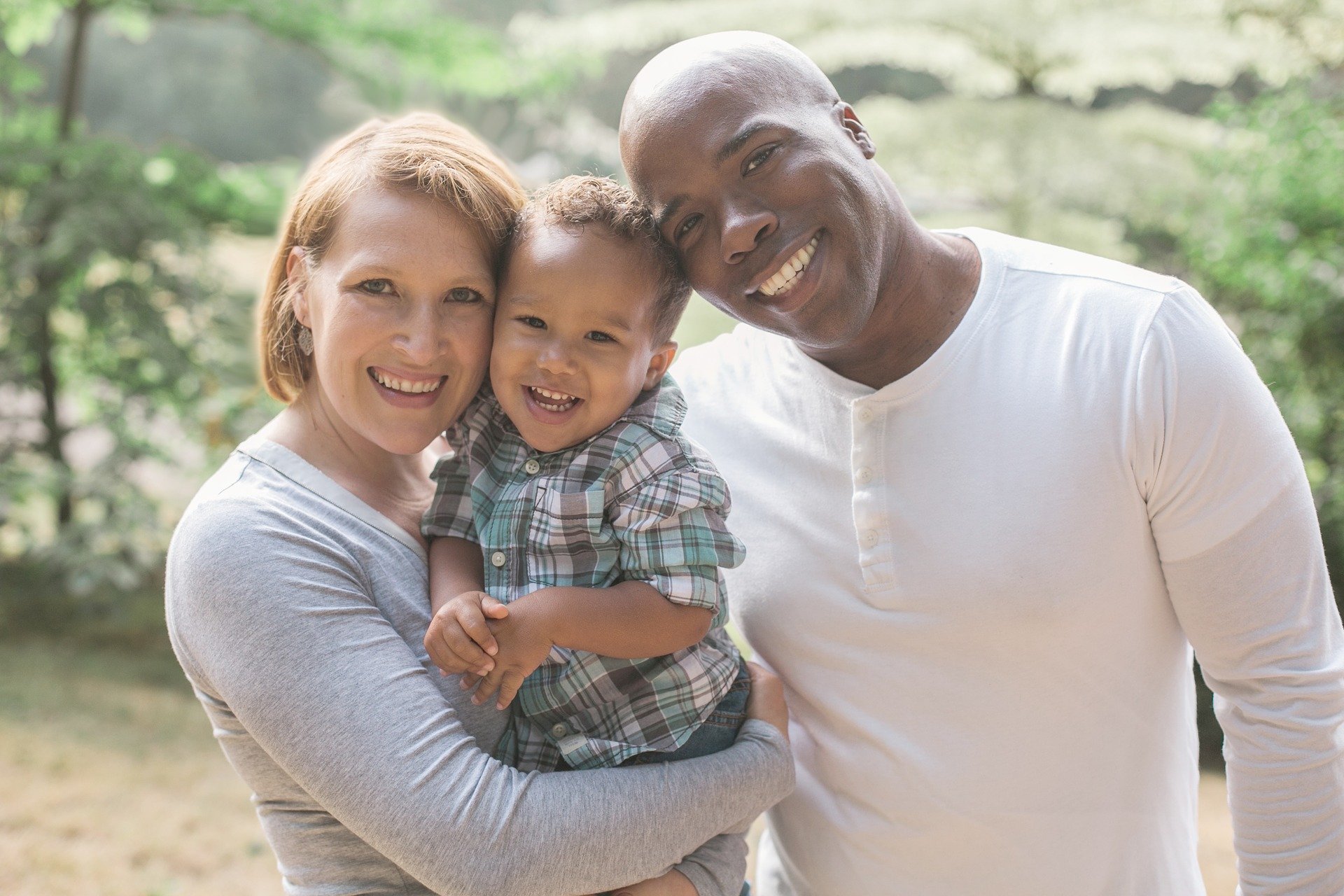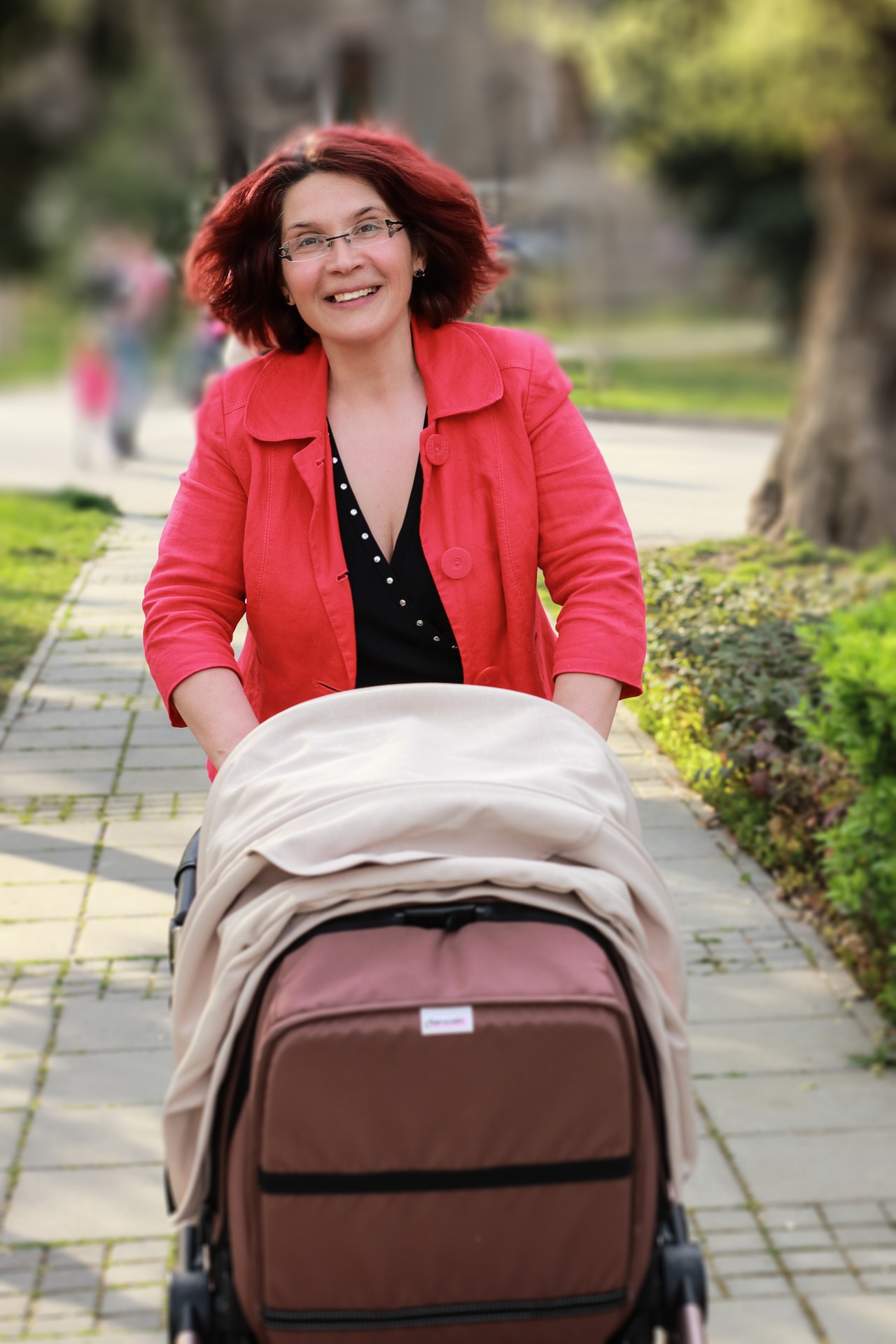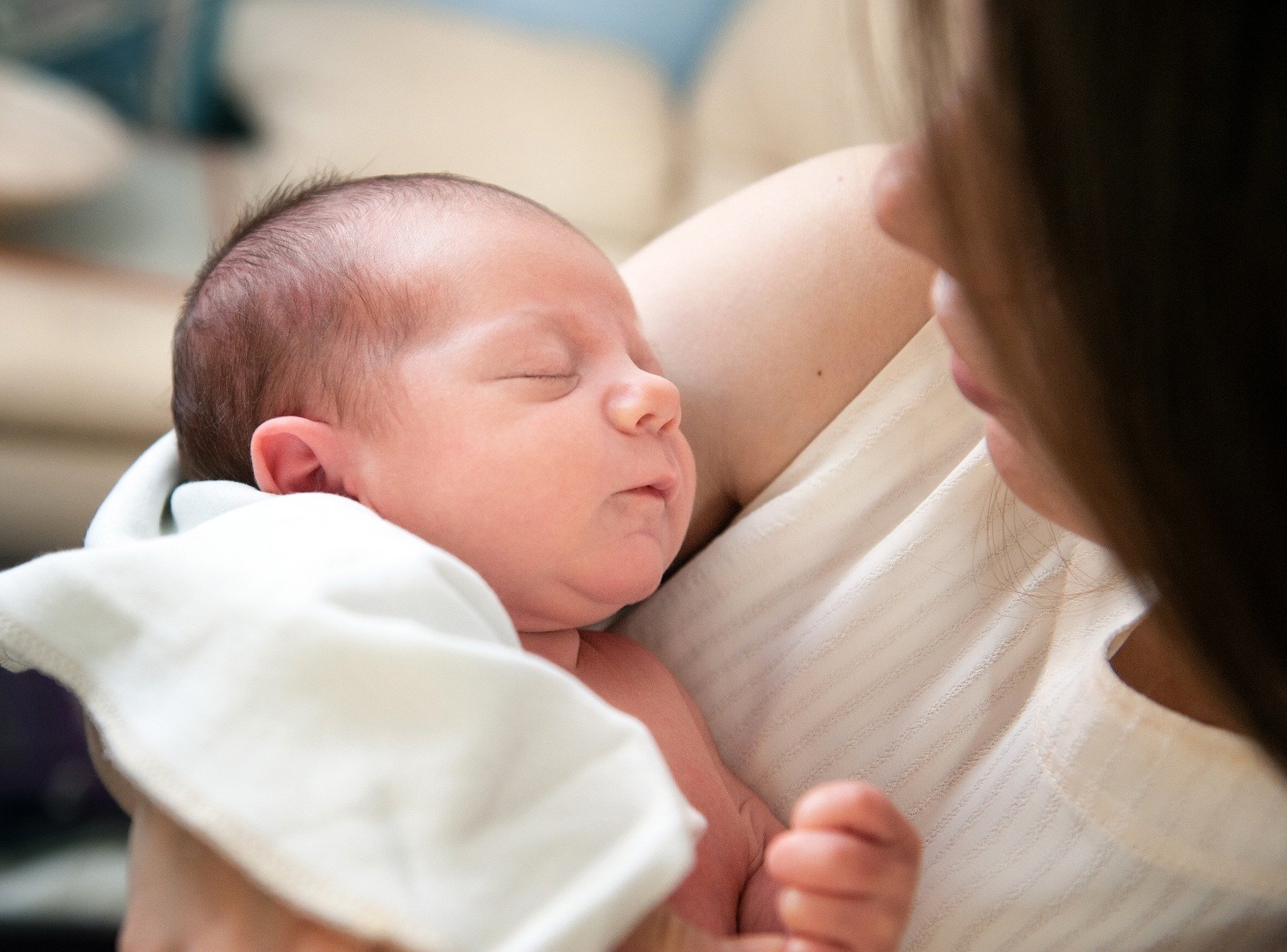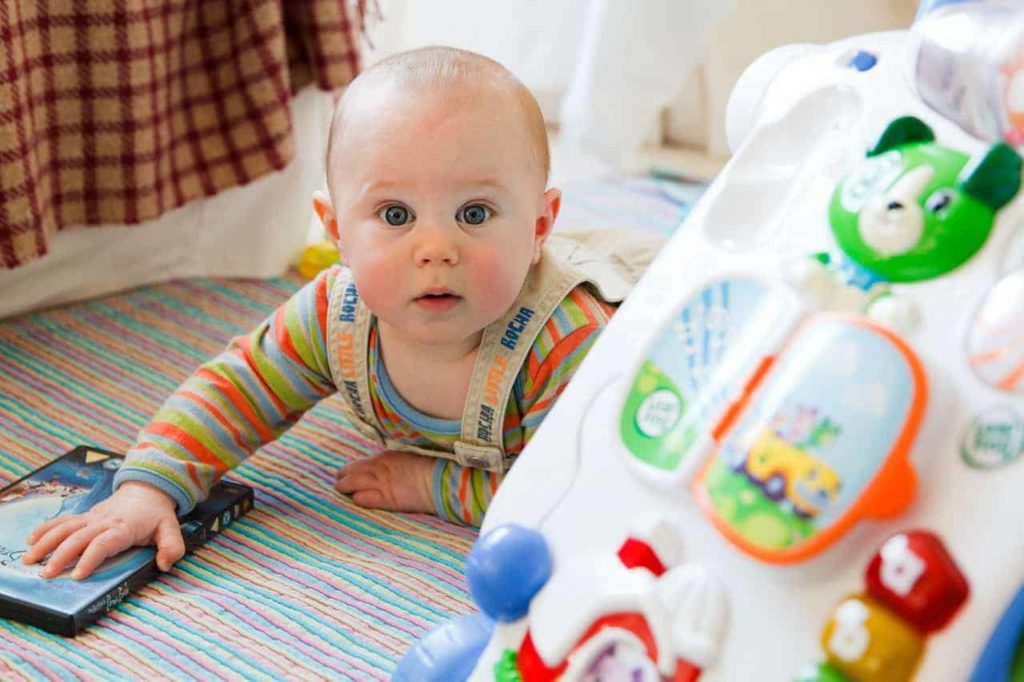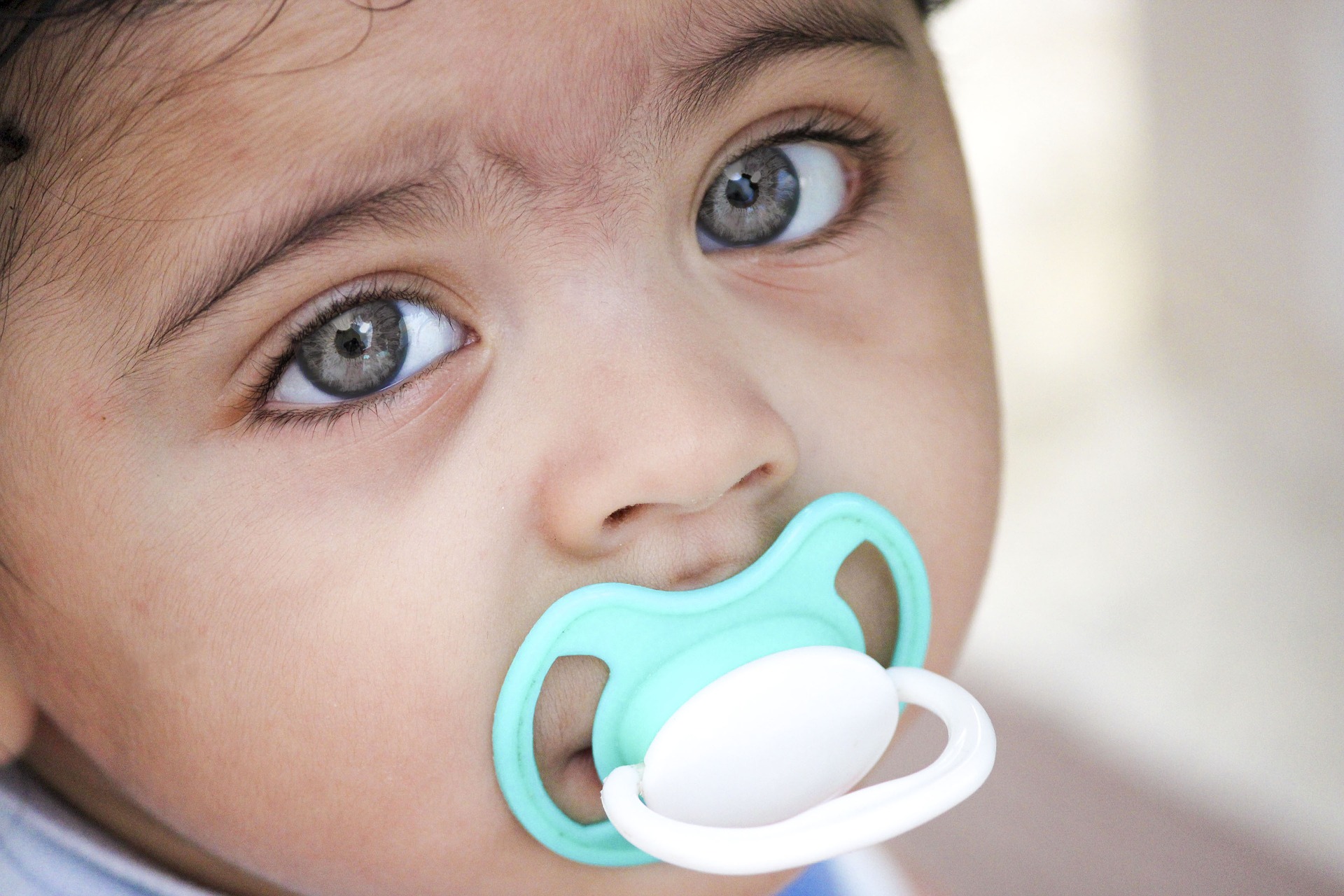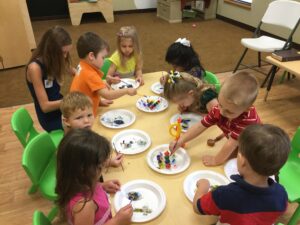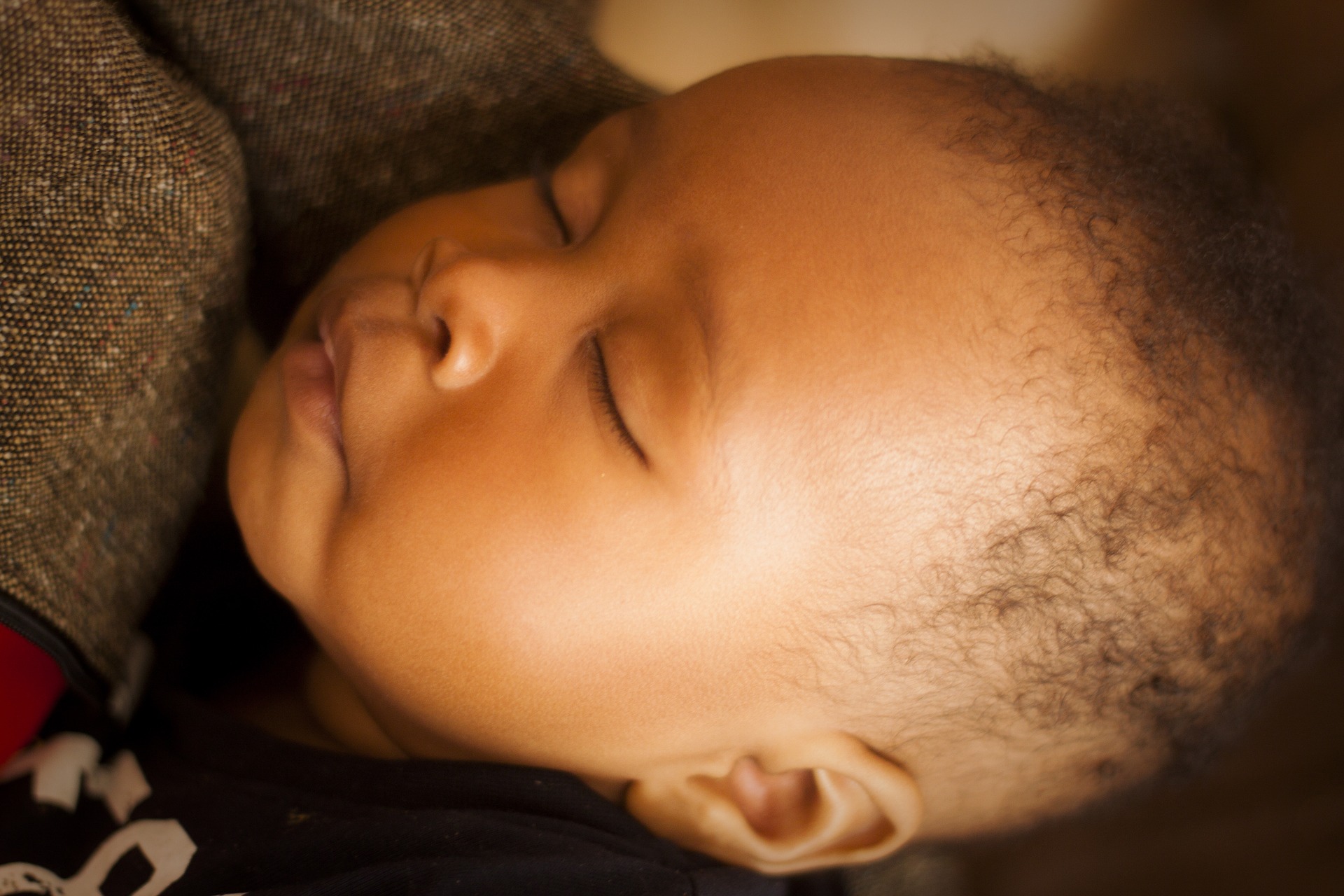
Parents, grandparents, family members, child care providers, health care providers, and others — are encouraged to learn about the updated recommendations for safe infant sleep.
US Federal agencies and the American Academy of Pediatrics (AAP) provided this list of actions for safe sleep for infants younger than 1 year of age.
The main ways recommended for reducing the risk of SIDS remains the same:
- Place babies completely on their backs to sleep for all sleep times, naps and at night. ( most important)
- Breastfeeding for at least 6 months,
- Using a pacifier,
- Having the baby sleep in or near the parent’s bedroom ( but bed-sharing shows and increases SIDS deaths),
- Swaddling has been shown to have no impact on SIDS and can be dangerous if done when the infant begins to turn over.
Other important ways to keep baby safe during sleep include:
- place baby to sleep on a firm sleep surface, such as a mattress in a crib that meets the safety standards of the U.S. Consumer Product Safety Commission.
- Another advises the removal of blankets, soft objects, toys, crib bumpers, and loose bedding from the sleep area.
- Couches and armchairs can be very dangerous places for babies this is especially true if adults fall asleep as they feed, comfort, or bond with baby while on these surfaces.
Parents and other caregivers should be aware of how tired they are when feeding, comforting, or bonding with the baby while on these surfaces to avoid falling asleep in such situations.
How to reduce SIDS and other sleep-related infant deaths:
1. Back to sleep for every sleep.
-
a. Preterm infants should be placed supine as soon as possible.
b. “Skin-to-skin care is recommended for all mothers and newborns, regardless of feeding or delivery method, immediately following birth (as soon as the mother is medically stable, awake, and able to respond to her newborn), and to continue for at least an hour.”
2. Use a firm sleep surface.
Place infants on a firm sleep surface (eg, mattress in a safety-approved crib) covered by a fitted sheet with no other bedding or soft objects to reduce the risk of SIDS and suffocation.
3. It is recommended that infants sleep in the parents’ room, close to the parents’ bed, but on a separate surface designed for infants, ideally for the first year of life, but at least for the first 6 months.
There are specific circumstances that, in case-control studies and case series, have been shown to substantially increase the risk of SIDS or unintentional injury or death while bed-sharing and these should be avoided at all times:
-
-
Bed-sharing has an increased risk of SIDS. If parents choose to feed their infants younger than 4 months in bed, they should be especially vigilant to not fall asleep.
4.. Keep soft objects and loose bedding away from the infant’s sleep area to reduce the risk of SIDS, suffocation, entrapment, and strangulation.
5. Consider offering a pacifier at nap time and bedtime.
Studies have shown a protective effect of pacifiers on the incidence of SIDS. The protective effect of the pacifier is observed even if the pacifier falls out of the infant’s mouth.
6. Avoid overheating and head covering in infants.
Although studies have shown an increased risk of SIDS with overheating, The definition of overheating in these studies varies. Therefore, it is difficult to provide specific room temperature guidelines to avoid overheating.
-
In general, infants should be dressed appropriately for the environment, with no greater than 1 layer more than an adult would wear to be comfortable in that environment.
-
Parents and caregivers should evaluate the infant for signs of overheating, such as sweating or the infant’s chest feeling hot to the touch.
Things parents and caretakers can do to protect babies from SIDS
7. Breastfeeding is recommended.
-
Breastfeeding is associated with a reduced risk of SIDS. Unless contraindicated, mothers should breastfeed exclusively or feed with expressed milk (ie, not offer any formula or other nonhuman milk-based supplements) for 6 months,
-
Breastfeeding has been shown to be more protective against SIDS than no breastfeeding.
8. Avoid smoke exposure during pregnancy and after birth.
9. Avoid alcohol and illicit drug use during pregnancy and after birth.
10. Pregnant women should obtain regular prenatal care.
Pregnant women should follow guidelines for frequency of prenatal visits.
11. Infants should be immunized in accordance with recommendations of the AAP and Centers for Disease Control and Prevention.
There is no evidence that there is a causal relationship between immunizations and SIDS. Indeed, recent evidence suggests that vaccination may have a protective effect against SIDS.
12. Avoid the use of commercial devices that are inconsistent with safe sleep recommendations.
Be particularly wary of devices that claim to reduce the risk of SIDS.
Examples include, but are not limited to, wedges and positioners and other devices placed in the adult bed for the purpose of positioning or separating the infant from others in the bed.
13. Do not use home cardiorespiratory monitors as a strategy to reduce the risk of SIDS.
The use of cardiorespiratory monitors has not been documented to decrease the incidence of SIDS.
14. Supervised, awake tummy time is recommended to facilitate development and to minimize the development of positional plagiocephaly.
15. There is no evidence to recommend swaddling as a strategy to reduce the risk of SIDS.
Swaddling, or wrapping the infant in a light blanket, is often used as a strategy to calm the infant and encourage the use of the supine position.
There is a high risk of death if a swaddled infant is placed in or rolls to the prone position If infants are swaddled, they should always be placed on the back. Swaddling should be snug around the chest but allow for ample room at the hips and knees to avoid exacerbation of hip dysplasia.
When an infant exhibits signs of attempting to roll, swaddling should no longer be used. There is no evidence with regard to SIDS risk related to the arms swaddled in or out. These decisions about swaddling should be made on an individual basis, depending on the physiologic needs of the infant.
For more information and to see full report go to https://pediatrics.aappublications.org/content/early/2016/10/20/peds.2016-2938

